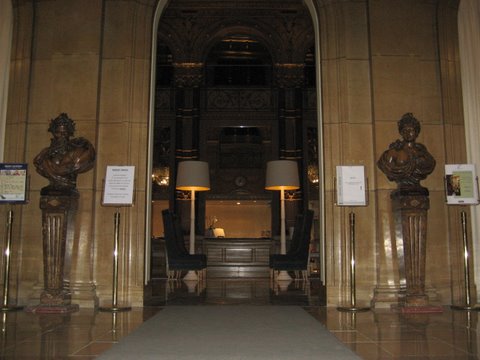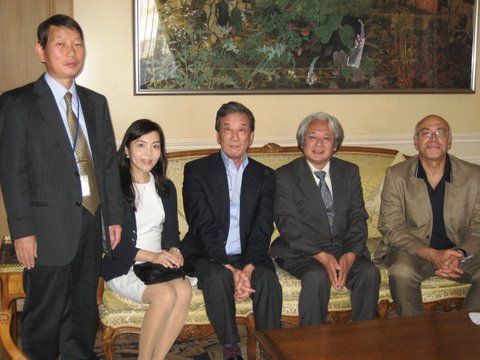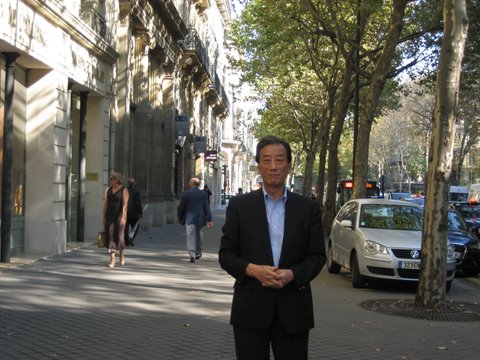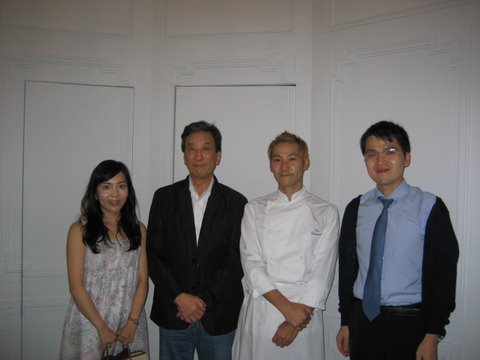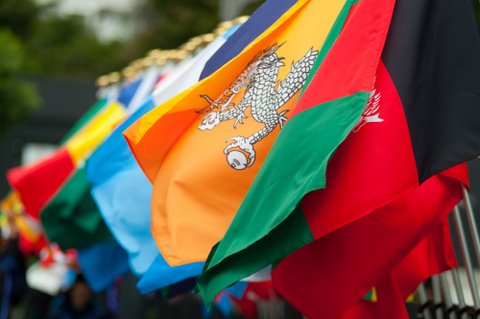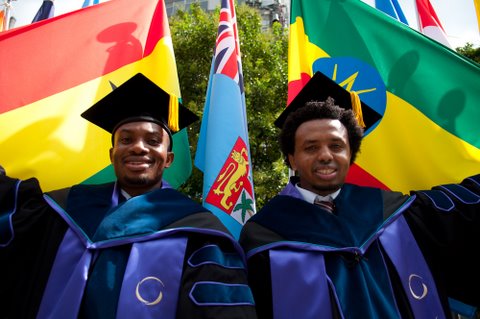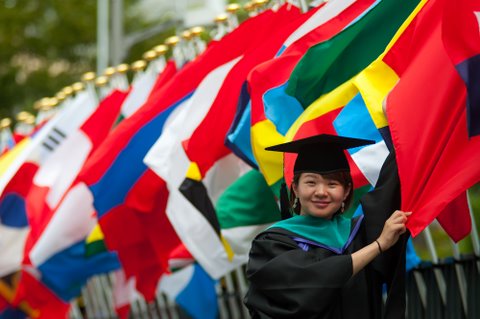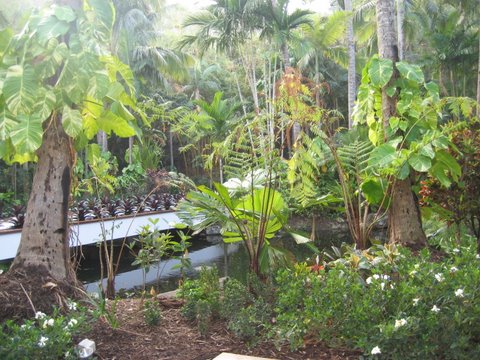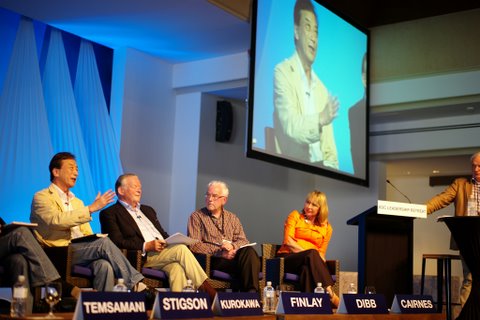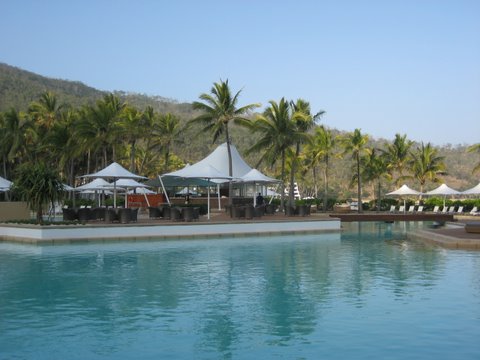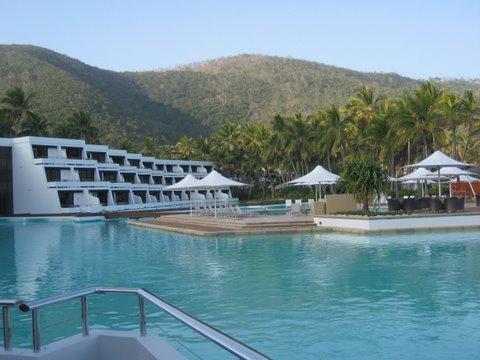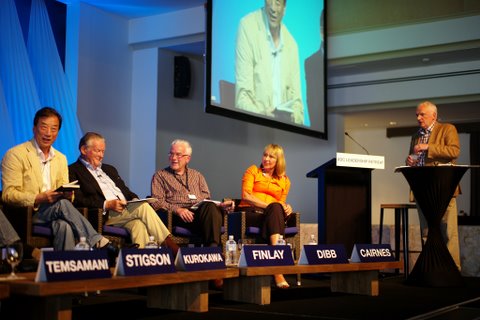After enjoying Paris for two days in the beautiful autumn weather, I returned to Japan at Kansai airport in the morning of Monday, October 2nd, to head for Kyoto where STS Forum (Ref.1) will be held for three days. I have been participating this Forum since the 1st meeting, and therefore have enjoyed the expansion of networks with wonderful people of the world. I am now acquainted with a number of extraordinary people.
This year’s Forum had special sessions in the beginning dealing with energy policies, nuclear power and such because of the Fukushima disaster. I was seated next to Mr. Amano, Director General of the IAEA, at dinner, so had the privilege of talking with him in person on many topics.
Many sessions were held simultaneously, so I chose to participate mainly in sessions on education. I also participated as one of the panelists in the session on the change in human behavior (in energy consumption, obesity, etc.) chaired by Philip Campbell, Editor-in-chief of “Nature".
On 4th, I returned to Tokyo to have dinner with several political leaders. In the next morning, I had a breakfast meeting with people related to the American Hospital in Paris, and hosted in the entire afternoon a panel organized by JETRO. Here, the panelists consisted of six people who participated in the STS Forum; Ellis Rubinstein (YNAS、President)、Mohammad Hassan (TWAS,Treasurer), Risalia Arteaga (former President of Equador, female)、Dr Annette Lraegelou (Leibniz Institute of New Materials, female), Ananda Chakrabarty (Univ Illinois), and Sanwen Huang (Chinese Academy of Agricultural Sciences). Joined to the conference include quite a number of people from METI, NEDO, and JETRO. We all participated in a good exciting discussion.
I always enjoy discussions with friends from all parts of the world. I learn a lot from them, too.

